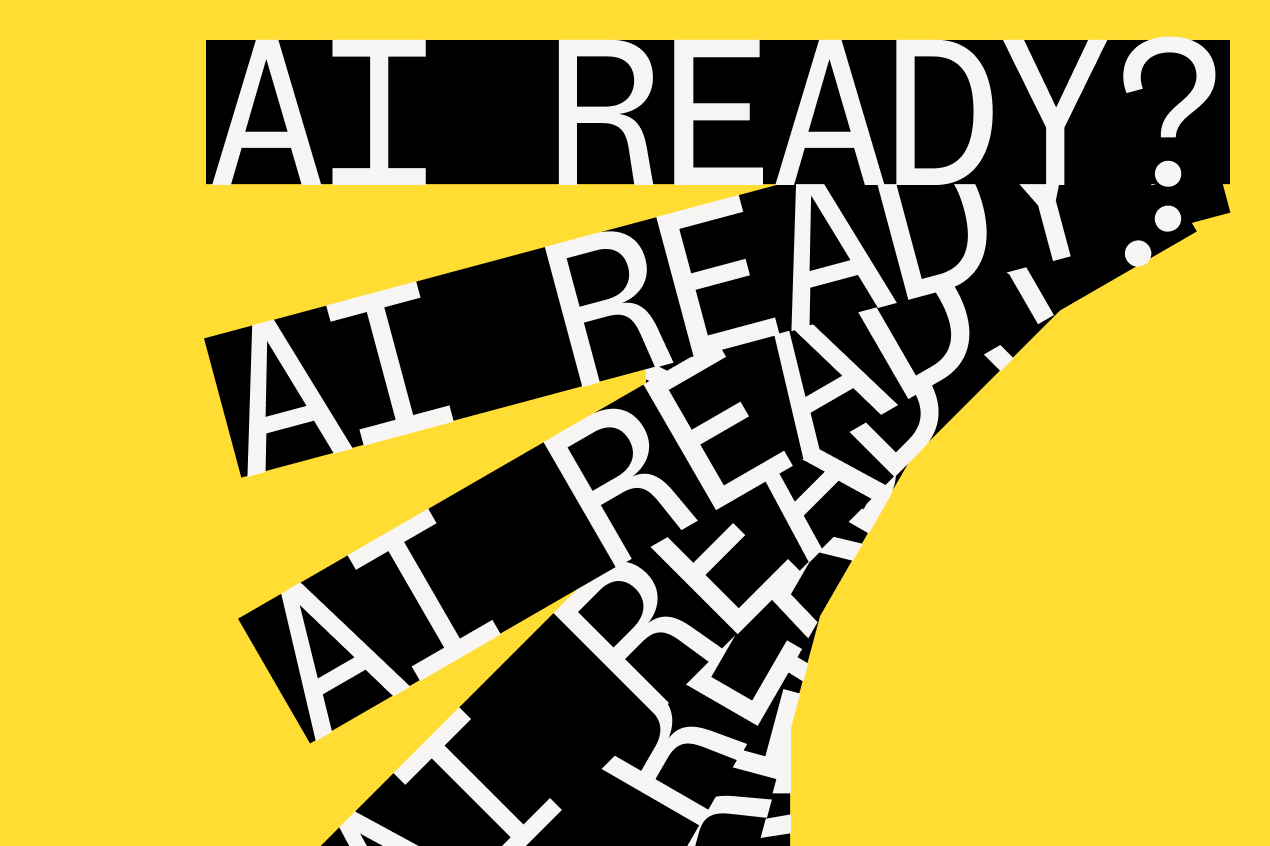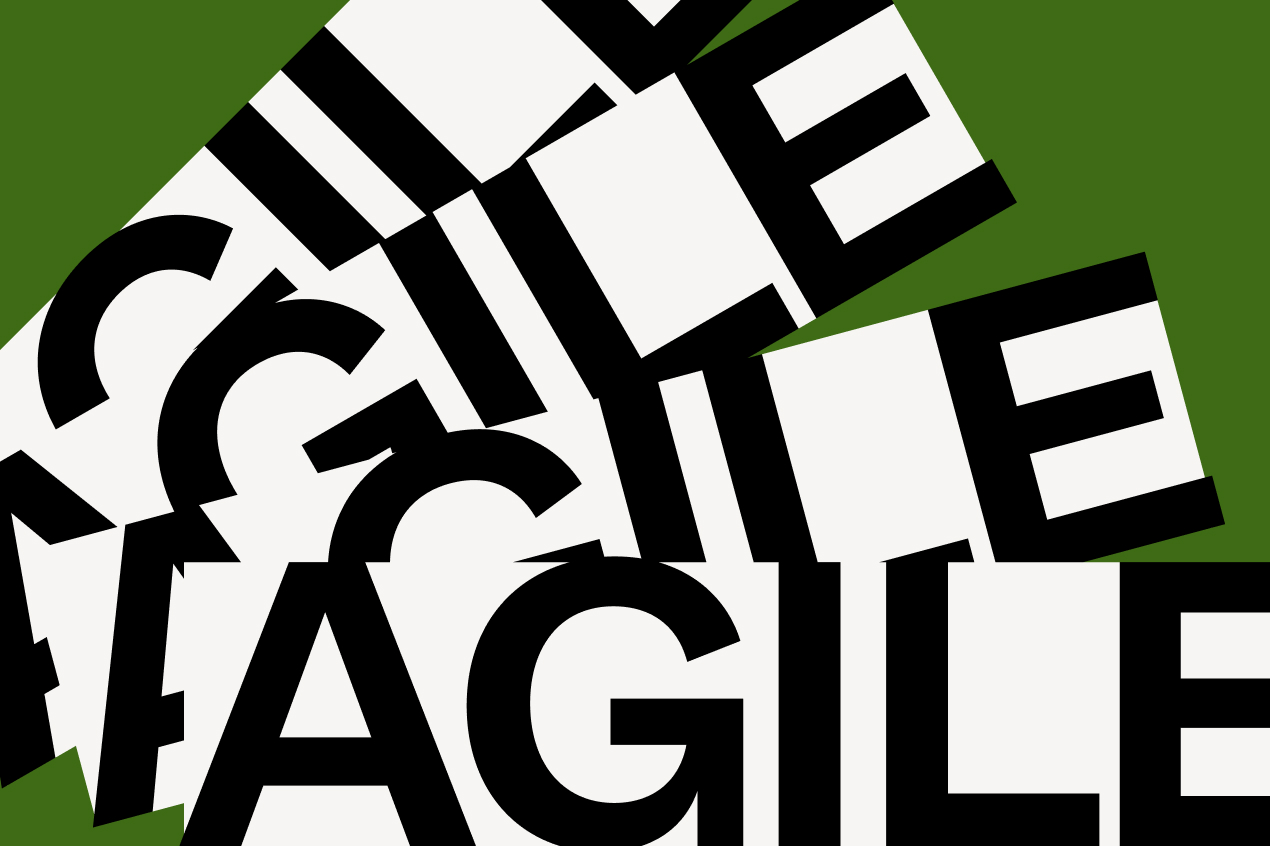Every company wants to say they’re “doing AI.”
Few can honestly say they’re ready.
Here’s the problem: dropping AI into a team without alignment doesn’t create innovation — it creates chaos.
I saw this firsthand at CVS. Content designers weren’t resisting change; we were resisting the narrative that AI was coming to replace us. Leadership lacked clarity, teams lacked trust, and processes lacked coherence. The result wasn’t acceleration — it was confusion.
That’s the difference between adoption and readiness. One is reactive. The other is strategic.
That realization led me to formalize a way to measure alignment — not hype — which became the foundation of SignalScale™.
That's Why I Built SignalScale™
SignalScale™ is a diagnostic framework I developed to measure AI readiness across four components:
- Structure — Are your systems modular, governed, and AI-compatible?
- Strategy — Are your goals, messaging, and cross-team priorities aligned?
- Operations — Are your workflows and governance scalable with AI?
- Ethics & Inclusion — Can you support transparent, inclusive, bias-aware use of AI?
SignalScale™ emerged from real-world work guiding teams through early AI adoption — born from seeing how alignment, not enthusiasm, determines success.
These four pillars reveal what’s working and what’s not. Without them, AI becomes noise. With them, AI becomes an amplifier.
The Four Readiness Phases
SignalScale doesn’t just score you; it maps you to a phase:
Phase 1: Newbie — Curious but cautious. Risk: paralysis and inconsistent experimentation.
- Example: your Slack channel is full of AI links, but no one owns what happens next.
Phase 2: Explorer — Early adopters tinker in silos. Risk: duplication, drift, and lack of shared learning.
- Example: multiple teams running prompt experiments in Notion with no shared framework.
Phase 3: Integrator — AI enters workflows with emerging guardrails. Risk: scaling without structure or shared accountability.
- Example: you have a content governance doc, but metrics and version control are still ad hoc.
Phase 4: Savant — AI is embedded in culture. Risk: complacency, stagnation, and ethical blind spots.
- Example: automation is running smoothly, but no one’s asking if it’s still aligned with user needs.
Knowing your phase isn’t about bragging rights — it’s about diagnosing where your attention belongs next.
Typical next moves vary by phase:
- Newbie: build shared language and psychological safety for experimentation.
- Explorer: document experiments, start cross-functional shareouts.
- Integrator: formalize governance, templates, and standards.
- Savant: audit systems regularly and stress-test for bias, drift, or overconfidence.
Readiness isn’t static. It’s kinetic — and your risks evolve as you do.
Why Ditto Matters Here
Readiness isn’t abstract. It shows up in tools.
- Newbies build confidence by drafting real copy in context. Ditto makes that frictionless in Figma.
- Explorers gain momentum by sharing prompt experiments through Ditto’s copy libraries.
- Integrators achieve consistency when Ditto syncs copy across design, review, translation, and code.
- Savants maintain quality when Ditto scales governance across human- and AI-generated content.
AI accelerates. Ditto anchors. SignalScale shows you where you are — and what to strengthen next.
Your Next Step
Ask yourself: Where’s my team on the SignalScale spectrum?
- Newbie → Align your language.
- Explorer → Capture your experiments.
- Integrator → Formalize governance.
- Savant → Keep auditing; blind spots grow when you stop looking.
AI readiness isn’t a finish line. It’s a living signal.
The question isn’t are you ready?
It’s how ready are you — and what are you going to do about it?
Because readiness isn’t the end of innovation — it’s what makes it sustainable.





